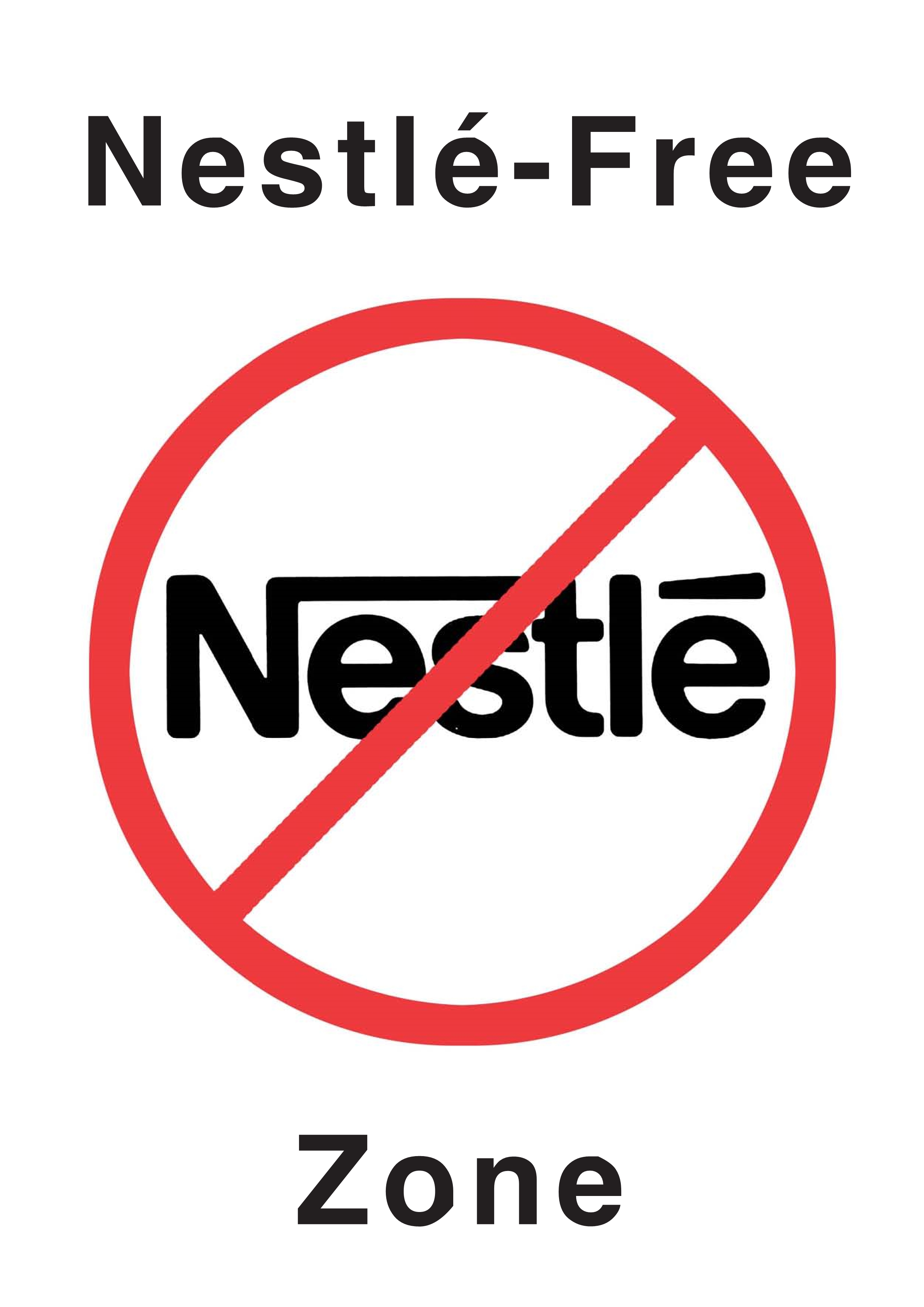Newborn behaviour to locate the breast when skin-to-skin: a possible method for enabling early self-regulation
Abstract
Aim: The aim of this study was to provide a more detailed analysis of the infant's behavioural sequence that begins immediately after birth and terminates with grasping the nipple, suckling and then falling asleep.
Method: Twenty-eight full-term infants were videotaped immediately after birth. A video protocol was developed to examine infant behaviours identified from five random videotapes.
Results: When birth crying had stopped, the babies showed a short period of relaxation and then successively became alert. They went through an 'awakening phase', an 'active phase' with movements of limbs, rooting activity and looking at the mother's face, a 'crawling phase' with soliciting sounds, a 'familiarization phase' with licking of the areola, and a 'suckling phase' and last a 'sleeping phase'. Five factors related to the time spent to locate the breast: more number of looks at the breast 10-20 min after birth (p < 0.0001); and exposure to meperidine (p = 0.0006) related to increased time. Early start of crawling (p = 0,0040); increased number of 'soliciting sounds' (p = 0.0022); and performing hand-breast-mouth movements (p = 0.0105) related to shorter time.
Conclusion: Inborn breastfeeding reflexes were depressed at birth, possibly because of a depressed sensory system. It is hypothesized that when the infant is given the option to peacefully go through the nine behavioural phases birth cry, relaxation, awakening, activity, crawling, resting, familiarization, suckling and sleeping when skin-to-skin with its mother this results in early optimal self-regulation.
Widström A-M, Lilja G, Aaltomaa-Michalias P, Dahllöf A, Lintula M, Nissen E. Newborn behaviour to locate the breast when skin-to-skin: a possible method for enabling early self-regulation. Acta Paediatrica. 2010;100(1):79-85. doi:10.1111/j.1651-2227.2010.01983.x

